Global Welcome: Bridging Cultures in High School
Megan Horton, Branson High School, Branson, MO
Introduction
Given the community's ties to the tourism industry, Branson High School serves a student population with diverse linguistic and cultural backgrounds. This project advocates for multiliteracy through the creation of welcome banners and custom lanyard badges. By creating welcome banners for the school building and incorporating “welcome” in various languages, families will feel a connection immediately by seeing their native language represented within the building (Basterra & Schlanger, 2017). By providing staff with key phrases in Spanish on a lanyard badge card, they will feel more comfortable interacting with our English Learners (EL). Both of these items will promote inclusivity within our building.
These ideas are supported by the Ontario Ministry of Education (2008), which encourages educators to incorporate families’ cultural heritage into school displays. Other research recommends that schools incorporate culturally relevant materials and diverse perspectives into the school building including “signs that say, ‘Welcome to our School’ in the various languages of ELs” (Haynes & Zacarian, 2018). Doing so not only fosters an inclusive environment for English Learners, but also demonstrates a commitment to embracing and celebrating the cultural diversity of the student body.
Main Objectives:
- Cultivate a welcoming school environment for students and families
- Support dual-language communication
- Improve engagement and enrichment
- Empower staff to support EL students
- Strengthen community connections
Step-by-Step Plan
Week 1: Needs assessment and planning
Send survey to staff members to determine necessary words/phrases for translation cards.
Pre-Implementation Staff Survey
Research which languages are spoken within our district to incorporate into the welcome banners.
Week 2-3: Develop multilingual welcome banners and lanyard badge design
Local printing store designs welcome banners and lanyard badges.
Week 4-6: Professional development for teachers/staff
Present the new welcome banners and lanyard badge cards to the staff.
Separate the staff into three groups for rotation activity.
Station 1- introduce welcome banners and translation cards, and share information on the TESOL certification program at Missouri State University.
Station 2- hand out EL Snapshot visual aid created on Canva for staff members. These handouts have basic information about EL students and resources to help teachers better meet the needs of their EL students.
Station 3- watch and discuss comprehensible input video with staff members.
Monitoring and Evaluation:
Send post-implementation survey to staff members to collect qualitative data regarding the implementation of the lanyard badge cards and welcome signs.
Post-Implementation Staff Survey
Conduct informal interviews of parents to collect qualitative data regarding the implementation of the welcome signs.
Sample Interview Questions
Timeline
Budget
Mosquito Banner Stand Briteline Rollup Banner x 2
Mosquito 800 Retractable Banner Stand x 2
Translation Cards- Lanyard Badge Cards 4” x 2.625” x 150
What did it look like?






Sustainability
The sustainability of the multilingual welcome banners and custom lanyard badges is embedded in their design and implementation. The materials used in creating these items are durable and long-lasting, ensuring they remain functional for an extended period. Furthermore, the cultural and linguistic inclusivity promoted by these initiatives fosters a sense of belonging and community within the school, making them integral parts of the school's identity. The ongoing commitment of educators and staff to support multiliteracy initiatives ensures that these resources continue to be utilized effectively in the classroom and beyond.
While the materials used are durable, there may be a need to update banners and translation cards when students who speak other languages enroll in the school. To address this, a system should be in place to ensure that new staff members receive translation cards and that the content on the cards reflects the languages spoken at Branson High School.
Reflections
The most significant takeaway from this project was the willingness of my fellow staff members to embrace changes that support multiliteracy. Educators genuinely want to do their best to serve the needs of all their students, so they were very excited to receive resources to help support our ELs. From the teacher feedback survey, it became clear that there was a significant need for translation cards, particularly in Spanish, as it is the primary language spoken by most ELs. Teachers frequently mentioned that language barriers presented challenges in the classroom and expressed a strong desire for translation support to improve communication with Spanish-speaking students and their families. Many identified specific situations, such as classroom instructions and parent-teacher conferences, where translation cards would be especially beneficial. Overall, the feedback underscored the importance of providing translation resources to create a more inclusive learning environment and effectively bridge communication gaps.
After distributing the translation cards, the feedback from teachers was overwhelmingly positive. Many teachers reported a noticeable improvement in communication with Spanish-speaking students and their families. The translation cards proved to be an effective tool in bridging language gaps, making it easier for teachers to convey instructions and engage students in classroom activities. Teachers found the cards particularly useful during parent-teacher conferences, as they facilitated more meaningful interactions and helped build stronger relationships with families. The cards also contributed to a more inclusive classroom environment, where students felt more comfortable and confident participating. Overall, the survey results demonstrated that the translation cards significantly enhanced the educational experience for both students and teachers, underscoring their value as a resource in supporting linguistic diversity and inclusion.
Another takeaway was the pride I felt in implementing changes that made our ELs and their families feel more welcome as they entered our building and interacted with staff members. One parent told me that this was the first school they had visited where they saw their native language in print within seconds of arriving. They explained that the banners immediately laid the foundation for a positive relationship between families and staff. Based on the informal interviews conducted with parents, the feedback regarding the new welcome signs has been overwhelmingly positive. The presence of multiple languages on the signs was particularly appreciated, as it demonstrates the school’s commitment to inclusivity and cultural diversity. Several parents shared that the signs have made their children feel proud and excited, knowing their language and culture are recognized and celebrated at school. Additionally, parents noted that the signs have facilitated a more welcoming atmosphere during school events, encouraging more engagement and participation from families. Overall, the implementation of the welcome signs has been a successful initiative, fostering a sense of belonging and unity among students, parents, and staff.
Despite these successes, one barrier that a teacher might face in implementing these changes is communication. There are many people involved in getting these banners and cards in place, which can be overwhelming at times. Building principals must approve the overall idea of the banners and translation cards, as well as their placement. Teachers need to communicate with staff members to brainstorm words or phrases that would be most beneficial to include on the translation cards. Finally, a teacher must communicate with employees at the print shop of their choosing and approve proofs and designs. I was fortunate to have great communication with all people involved, and the process moved quickly. However, I could see where the amount of communication could become quite overwhelming if all parties involved are not responsive.
One piece of advice I would offer other teachers implementing this project is to embrace a growth mindset and be willing to experiment with new approaches to support multilingual learners. Reflect on the unique needs and strengths of the students within your building or classroom and make changes as needed.
References
Basterra, M. del R., & Schlanger, P. (2017). Exploring equity issues: Engaging immigrant and English learner families in their children’s learning. Center for Education Equity, Mid-Atlantic Equity Consortium. https://maec.org/wp-content/uploads/2017/06/Exploring-Equity-Engaging-Immigrant-Parents-in-Childrens-Education.pdf
Haynes, J., & Zacarian, D. (2018, August 15). Creating a welcoming environment for English learners in your school and classroom. Association for Supervision and Curriculum Development (ASCD). https://www.ascd.org/blogs/creating-a-welcoming-environment-for-english-learners-in-your-school-and-classroom
The Ontario Ministry of Education. (2008). Supporting English language learners: A practical guide for Ontario educators grades 1 to 8. https://www.edu.gov.on.ca/eng/document/esleldprograms/guide.pdf
See Examples of Winning Demonstration Projects
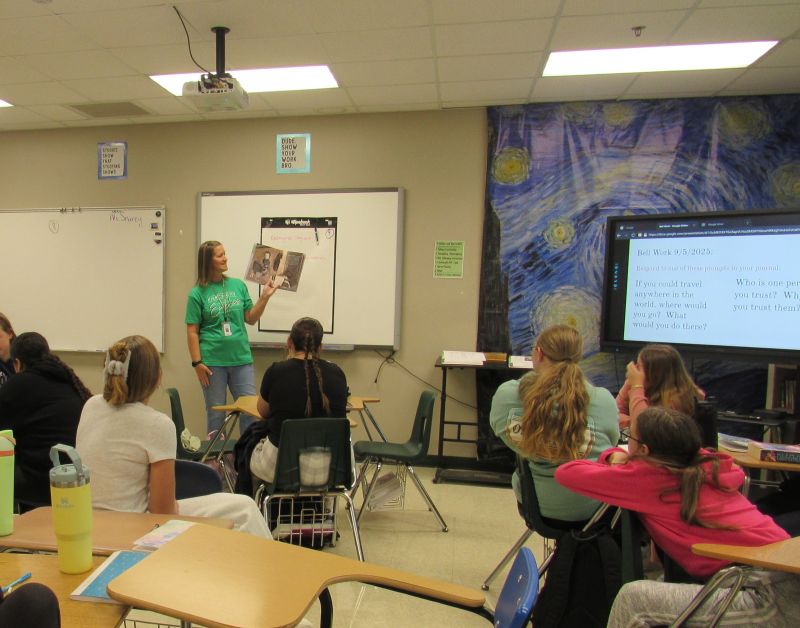
Multicultural Monday Read-Alouds
The goal of this project is to increase multiliteracy and multicultural awareness with students through select read-aloud books. Of the many excellent books available, thirty were chosen as read-alouds for sharing weekly with the class throughout the school year. For each book, I also created a mini…

Bringing Families Together:
The Monett community is home to a linguistically diverse population, with students speaking over twenty different languages or dialects. The number of families considered Newcomers, those newly arrived in the United States, is rapidly increasing in our schools. As a result, it is critical for…

Multilingual Language Games:
Many times, families do not have access to language and education-based resources. The multilingual board game lending library is designed to celebrate bilingualism and help bridge the gap between home and school. Games encourage growth in the areas of English language acquisition as well as each…

Read, Speak, Succeed: Empowering Future Global Communicators
The primary objectives of this project are twofold: to enhance literacy and language proficiency by reading Spanish-language books and materials. Given that my students are studying Spanish with the ultimate aim of effective communication, it is essential for them to excel in both understanding…

Using Bilingual Texts to Support Translanguaging for English Learners
English Learners (ELs) face unique challenges in the classroom. In order for them to access grade-level curricula in their second language (L2), educators—both English Language Development (ELD) teachers and classroom teachers—provide many types of scaffolds to support students' understanding. Some…

Reading Artwork: Using Family Dialogue to Aid Meaning-Making for English Learners
Visual literacy and peer conversations are critical components of early language learning. This project creates new interactions for English Learners (ELs) between their peers and family. First, by engaging in classroom conversations while “reading” art, followed by sending wordless…

Illuminating Diversity: A Mural to Share Stories through a Multicultural Lens
This project included a 10-Day Artists-in-Residency with Rodrigo Alvarez and Isaac Tapia. These artists worked with students in our English Language Development (ELD) Program to design and paint a 10’x40’ mural, emphasizing the cultural and linguistic diversity of Parkview students both past and…

World Fest: Showcasing Cultural and Linguistic Backgrounds
World Fest was a beautiful and successful event! The event was a vibrant celebration of cultural diversity, filled with excitement and enthusiasm. For our Creekmoor English Learners (ELs), World Fest was a wonderful opportunity to showcase their rich cultural and linguistic backgrounds. It was a…

Global Welcome: Bridging Cultures in High School
Given the community's ties to the tourism industry, Branson High School serves a student population with diverse linguistic and cultural backgrounds. This project advocates for multiliteracy through the creation of welcome banners and custom lanyard badges. By creating welcome banners for the school…

The Language Bus: Bringing Early Literacy Skills to the Community
In our community we recently had an increase in students who speak Burmese or Karen. As an Early Childhood Special Education teacher watching the referrals come through, I began to notice that home language literacy needed to be strengthened to develop age-appropriate communication skills. Many of…
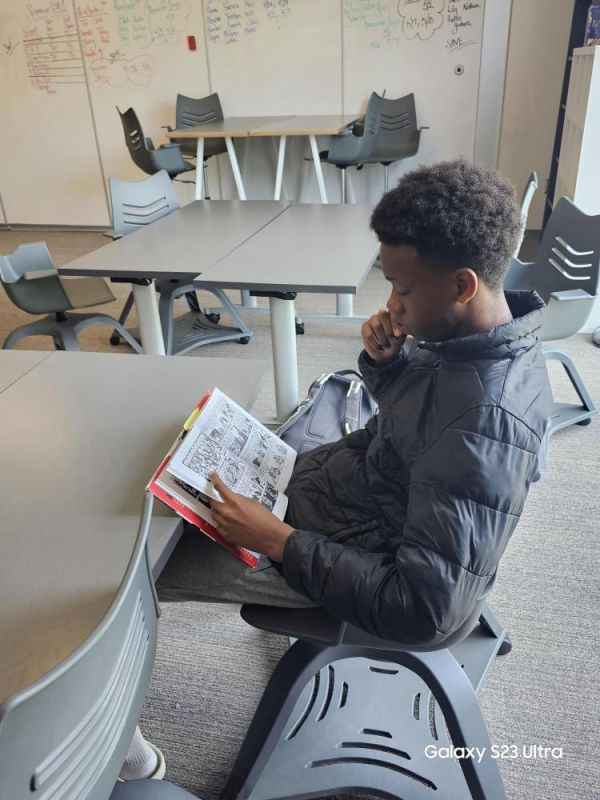
LEADing Internationally: Annual Spotlight Night to Support Learning in Any Language
LEADing Internationally emphasizes a strengths-based approach which values learning in any language (Regional Educational Laboratory Program, 2015). This project seeks to provide materials in students’ home languages (Arabic, Chinese, English, Somali & Spanish) for student project work, required…
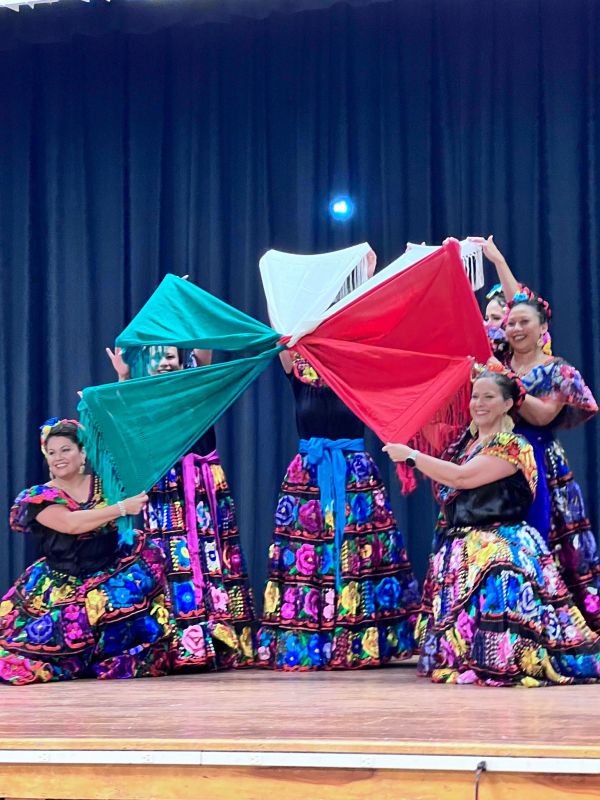
Culturally Aware Comets: Experiencing Different Cultures through Books, Food, and Games
Mark Twain Elementary has a diverse population of students and staff, many of whom come from different backgrounds. Our school's diversity needed to be celebrated and recognized. Many students come from low-income families. These students have yet to have the opportunity to travel or gain…
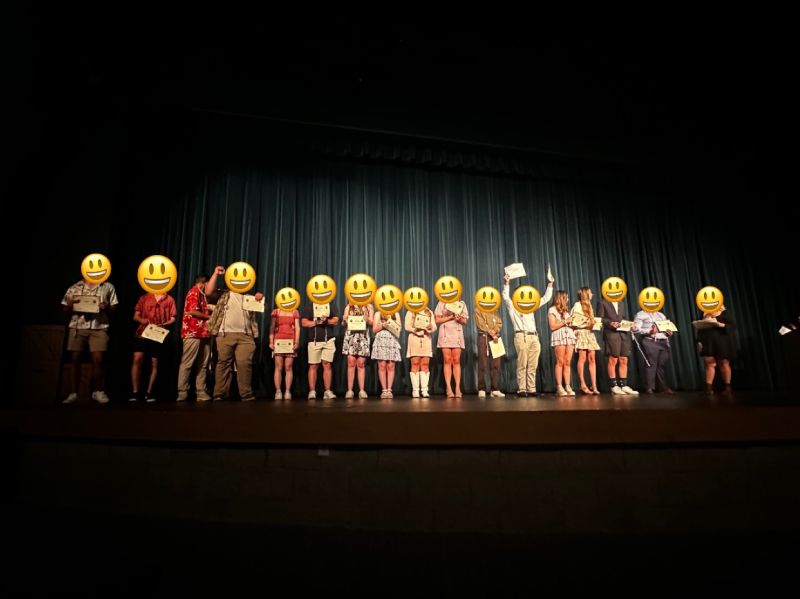
Heritage Voices: Empowering & Celebrating Biliteracy
The Heritage Voices: Empowering & Celebrating Biliteracy project aims to support heritage speakers in developing their bilingual and biliterate abilities. Given the large population of Spanish-speaking students in our district, our primary goal is to provide resources and guidance to heritage…
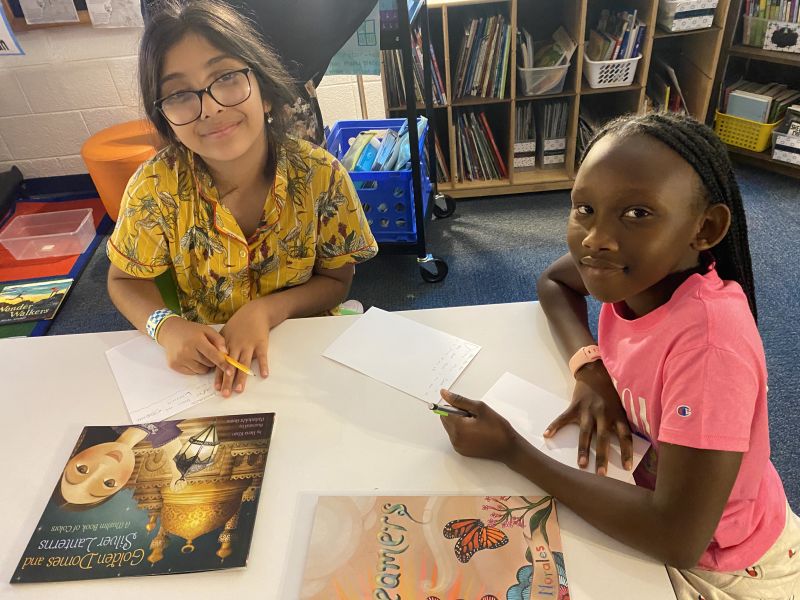
Cross-Town Pen Pals: Support Multiculturalism in Classrooms
The main objective of this pen pal project was to use diverse books representing cultures around the world to make connections with students in a different classroom in the district. Students used multicultural books to collaborate throughout two reading units that focused on theme, inferring, and…
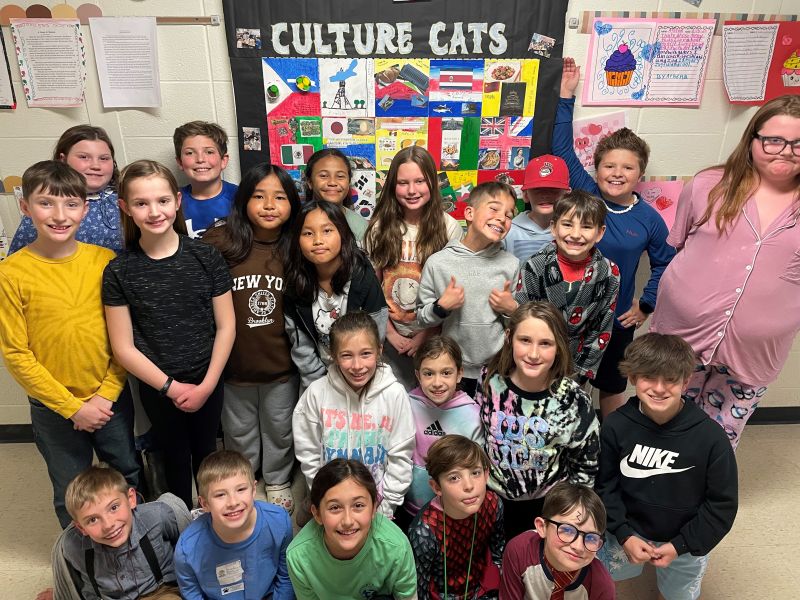
Culture Cats: Exploring Countries and Cultures
Culture Cats is an after-school club that promotes learning and exploring other countries and cultures. We are called Culture Cats because our school has many English Learners (ELs) that make up our student body and our mascot is a wildcat. We use books, guest speakers, games, crafts, and snacks to…
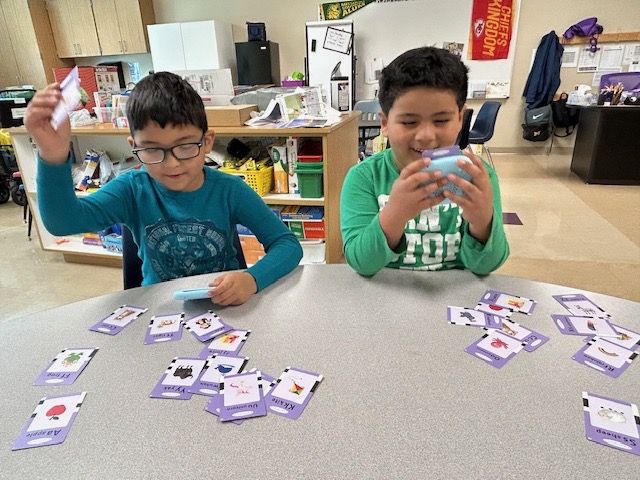
Activities for English Learners: Supporting ELs in the Classroom
The Monett School District boasts a richly diverse student body, with English Learners (ELs) representing the fastest-growing demographic nationwide, having increased by 60% over the last decade (Breiseth, 2015). Our district welcomes students from various countries, with Spanish being the…

Home-to-School Communication: Connections with Wordless Picture Books
The Monett community has twenty plus different languages or dialects spoken here. Newcomer families from other countries are on the rise, and there is a constant need to help students learn English as a second language. The purpose of this project is for students to practice their language skills at…
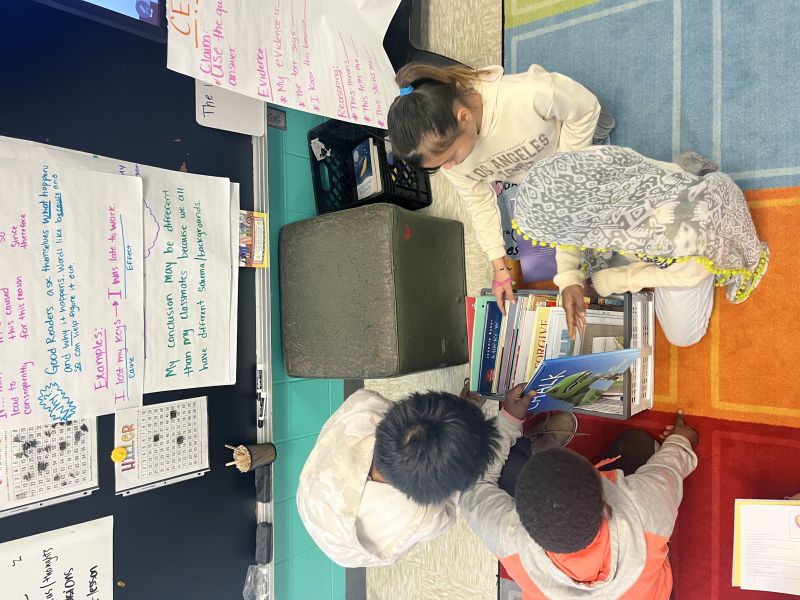
Wordless Picture Books: Bring Life to Language
My project’s purpose is to give English Learners (ELs) access to text through wordless picture books. The goal of using these books in our class and school is to engage students who are multilingual in our classrooms. Students may work on their language skills as well as reading and writing skills…
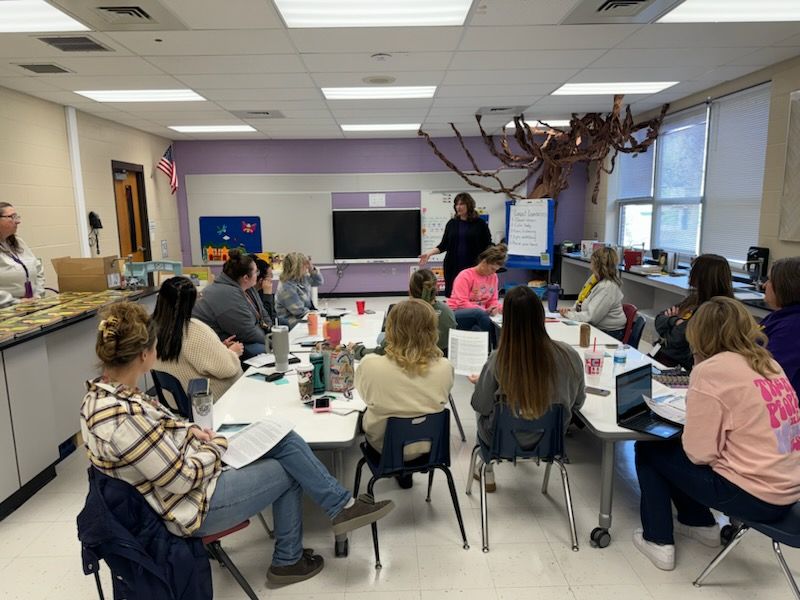
Developing a Culturally and Linguistically Responsive School: Professional Development to Highlight Assets ELs Bring to the Classroom
The Monett R-1 School District serves a large population of English Learner (EL) students; out of 2,346 students, 48% identify as a minority. Many students come from low socio-economic backgrounds and have minimal literacy exposure. About half of the students in each Monett classroom are ELs, and…
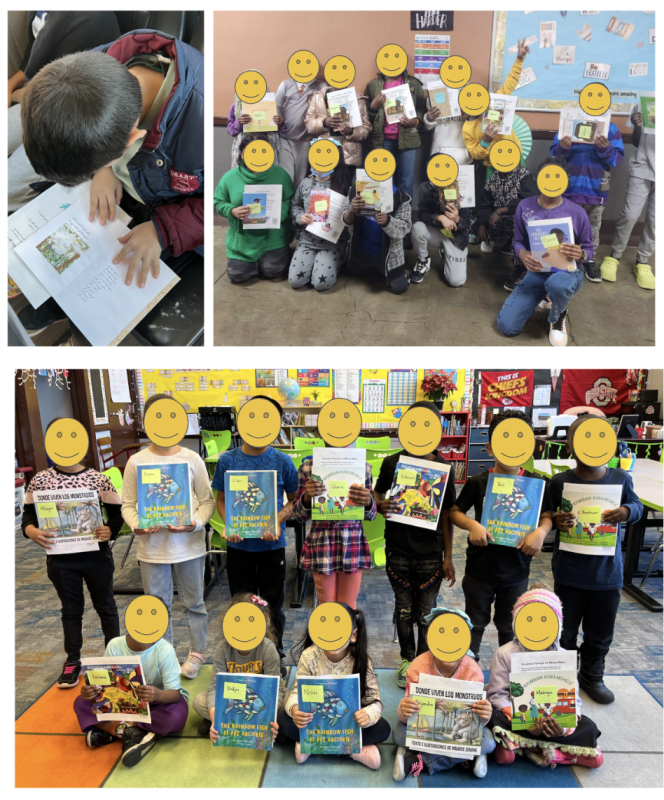
Home Language Reading Skills: Creating Routines for Literacy at Home
As many refugee and immigrant families arrive in America, their focus on language and literacy often shifts exclusively to the English language. Multilingualism is a strength, and it is important that our families maintain their home language literacy skills in conjunction with their English…
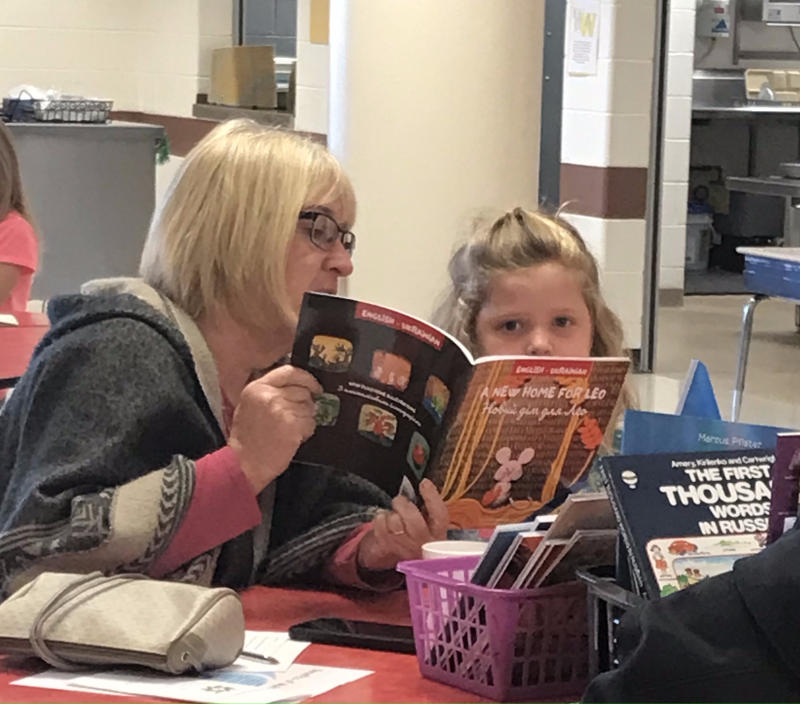
Biliteracy Breakfast: Promoting Multilingual and Multicultural Literature in a Casual Setting
Many multilingual families forgo maintaining literacy in their heritage language in the pursuit of English. It is important to highlight the value and benefits of continuing the development of home languages. By inviting students and families to read together and explore literature and language, we…
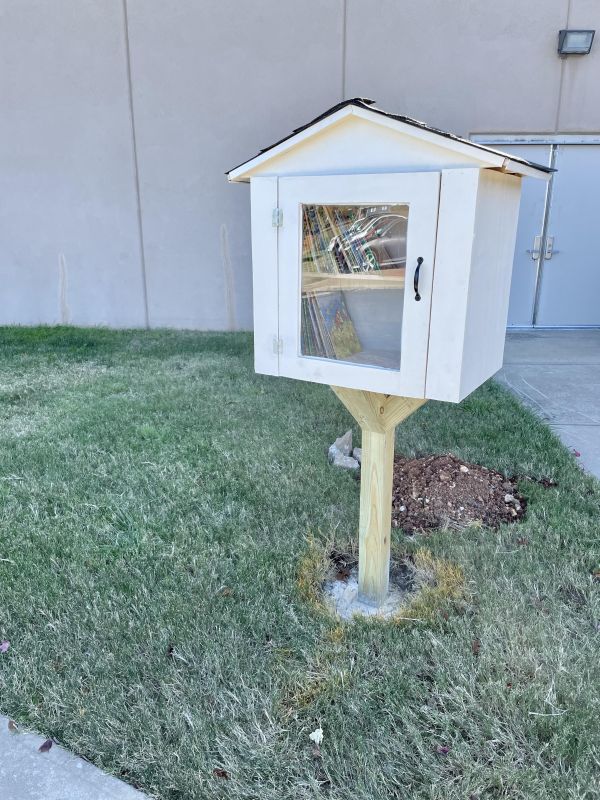
Our Little Library: Using Little Lending Libraries to Meet Multilingual Needs
Many families of English Learners (ELs) are not able to read books from school with their child or help with homework because of the language barrier. Since some families believe they are unable to help their children with English and/or homework, they can become very disconnected from their child…
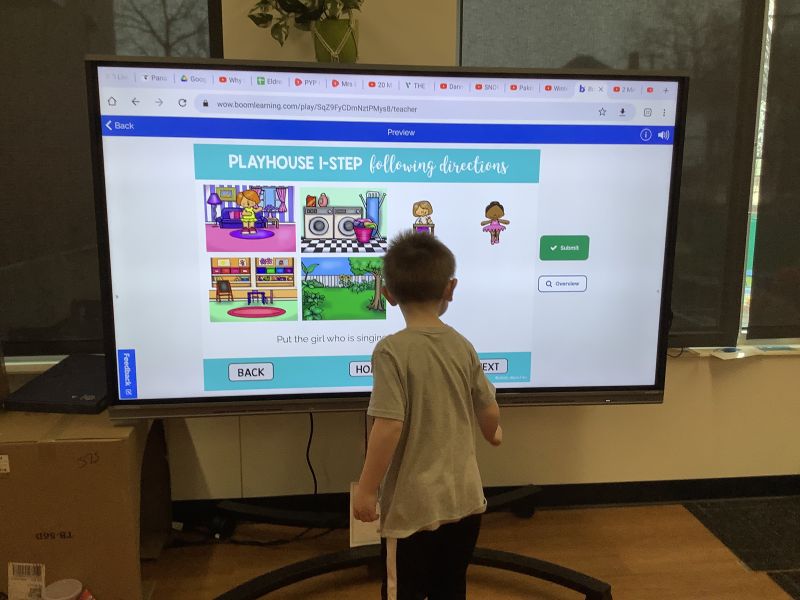
Rounding Up Resources: Helping Early Childhood Teachers Meet Multilingual Learner Needs
There are many resources available to support educators of English Learners (ELs), however, having access to those materials isn’t always easy. One cannot overstate the value of having resources available for teachers. We know that “without specific knowledge related to language development, even…
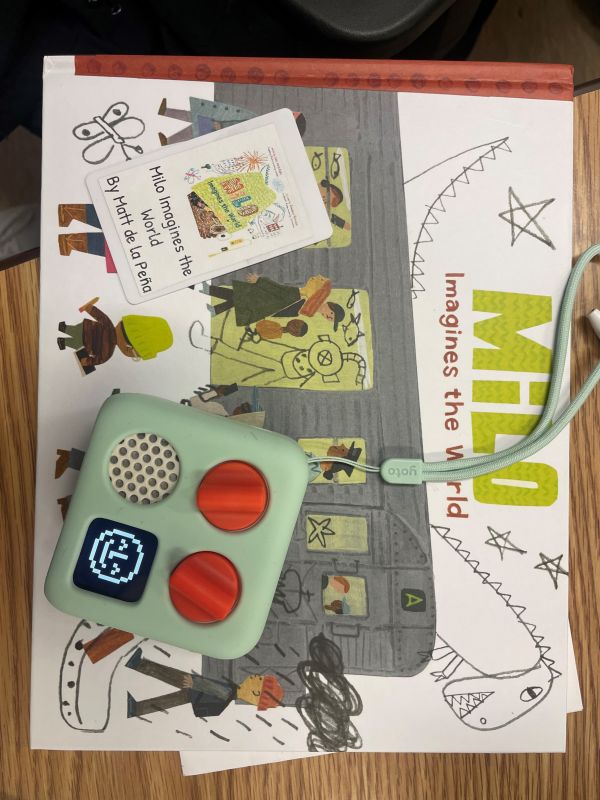
Multilingual Listening Library: Using Yoto audio players to support all students
Three second-grade classrooms offered their students access to a multilingual listening library. The main objective of this project was to promote the use of home languages and encourage English language acquisition.This project had two primary goals:To provide students with frequent access to…
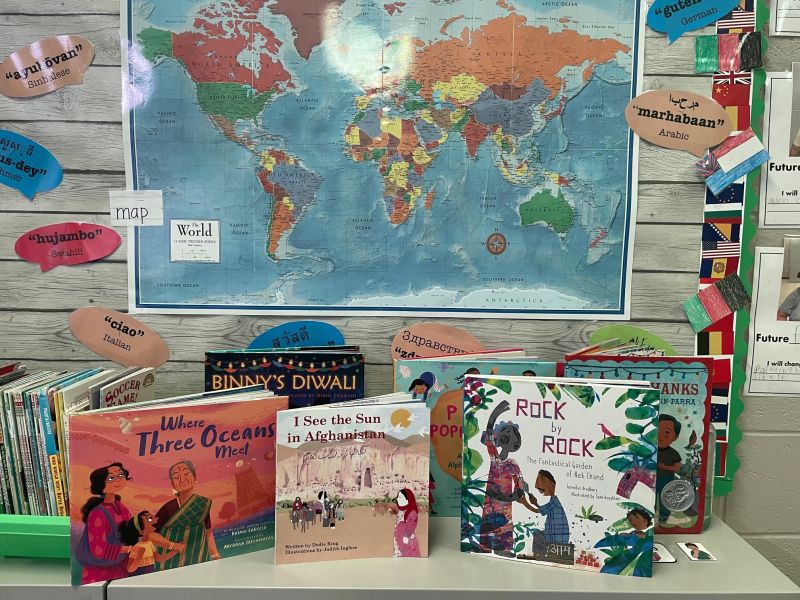
Around the World: Family Literacy Night
Around the World Family Literacy night is a project designed to highlight differences in culture and build literacy skills. As an EL teacher in my district, I understand the importance of creating opportunities for our students and families to learn about other cultures within our school community.…
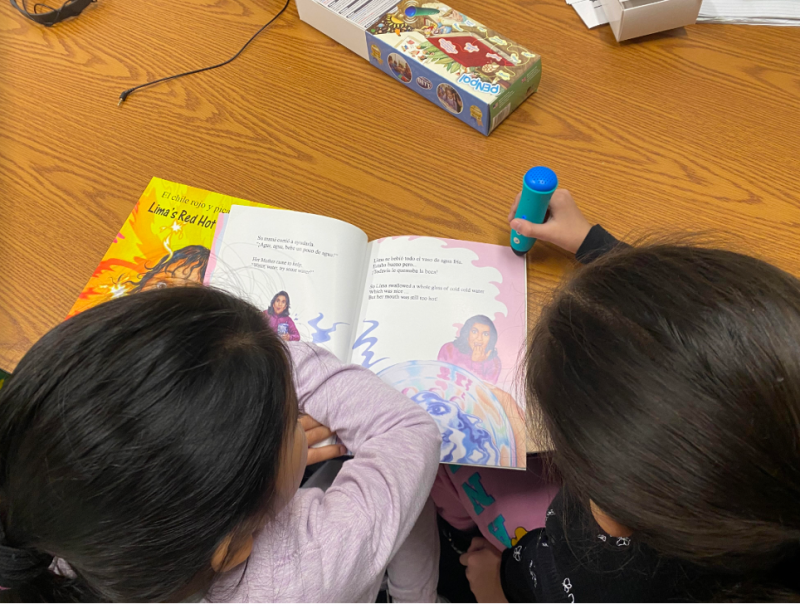
Home-to-School Literacy Project: Increasing family literacy with bilingual resources
Family literacy activities are essential for student academic success in school. The Home-School Literacy Project equips students and parents with bilingual activities, books, and resources to support their literacy skills. Families participate in a literacy night to share their own experiences and…
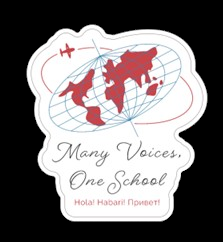
Many Voices, One School: Using QR codes to give ELs a voice
Many of our students come to us from various countries, backgrounds, and cultural experiences. While some families bring educational experiences from their home countries before relocating to the United States, others, particularly our newcomers, may not have a strong literacy background or history…
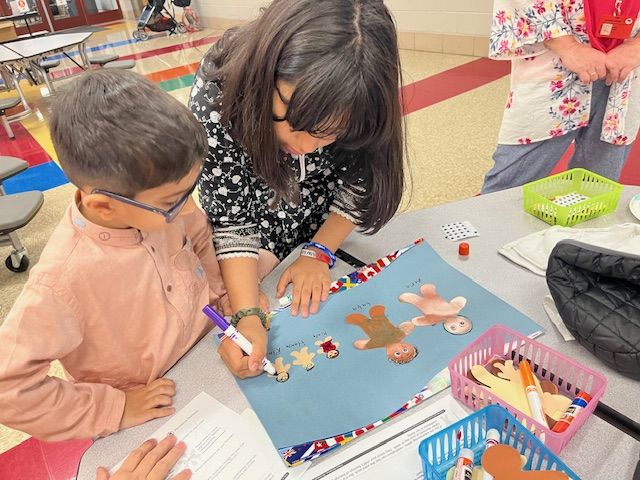
A Multicultural Pirate’s Reading Night
Our school mascot is a pirate. My project, A Multicultural Pirate’s Reading Night, was an event in which multicultural families who have children enrolled in Preschool or Kindergarten were invited to learn about the importance of promoting literacy in their first language as well as English. The…
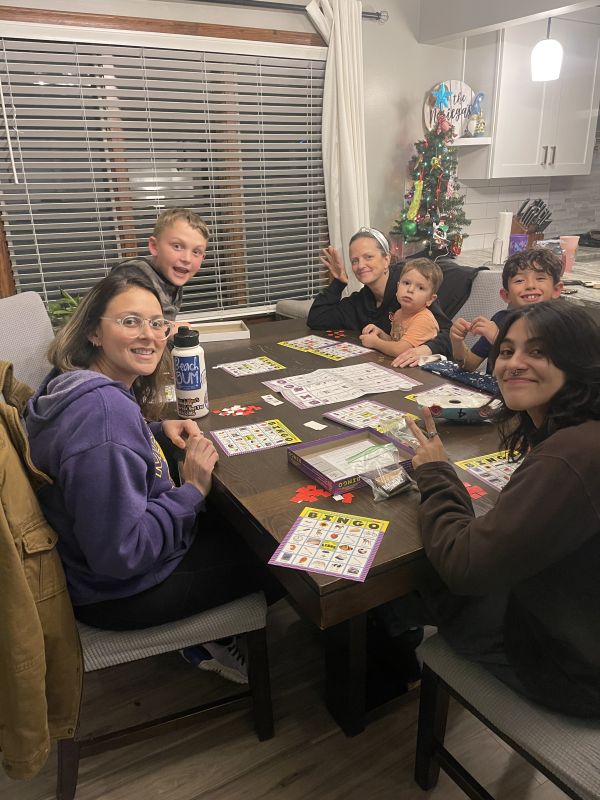
Promoting Family Conversations in Multiple Languages
There is a need for deep conversation, even at a first-grade level. The purpose of the project is to promote conversations between students and their families via play, read-alouds, and everyday activities through literacy kits that students can check out. The kits include books, phonics games,…
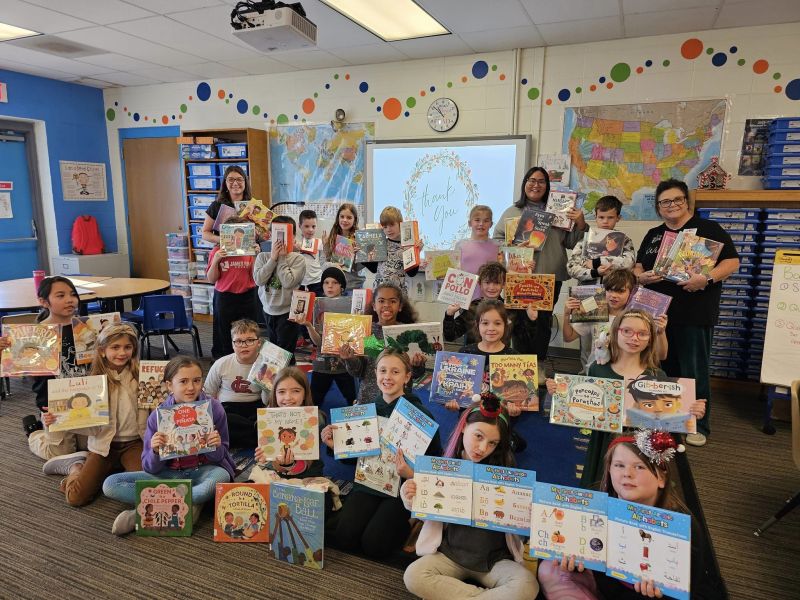
Celebrating Multilingual Magic: Nurturing the Social and Emotional Well-being of ELs
Wanda Gray Elementary stands as a cornerstone for education in Springfield, Missouri, providing a nurturing space for a diverse student population. Currently hosting 483 students weekly, with 29 benefiting from English Language Development (ELD) services and speaking languages other than English at…

A World of Languages in Our Classroom: Celebrating cultural diversity with guest readers
As a model language-rich classroom in my district, it is my goal to provide a comfortable, interactive environment for our multilingual students and their families. When students see their native language in books, posters, and through multimedia presentations they feel valued and have a sense of…
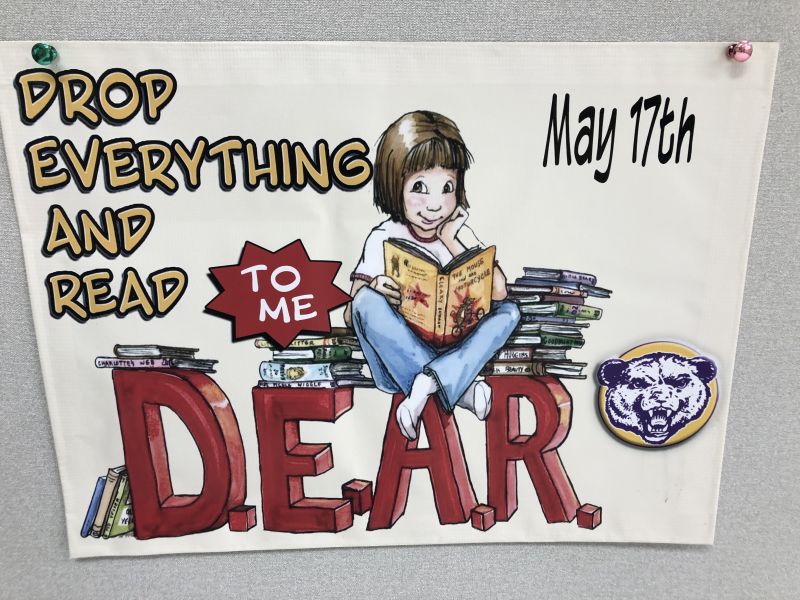
DEAR to Me: Fostering biliteracy through middle school mentors
DEAR to Me stands for Drop Everything and Read to Me and that is exactly what happened at the Monett Early Childhood Center.DEAR to Me is a special time for Middle School students to come and read in small groups. Our kindergarten students got to hear books read to them in English, Spanish and…
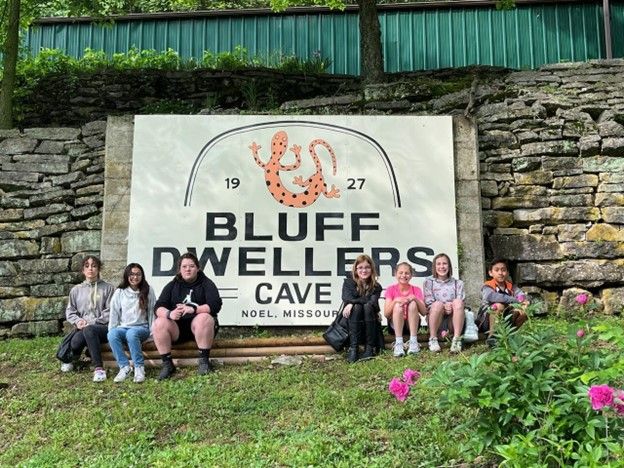
Dig Into Reading: Promoting students reading 15 minutes daily in school and at home
Through the Dig Into Reading multiliteracy project, we have created a culture of reading within our school and are continuing to promote reading engagement at home. We have been able to provide multilingual literacy resources and encouragement to enhance students' reading in their preferred…
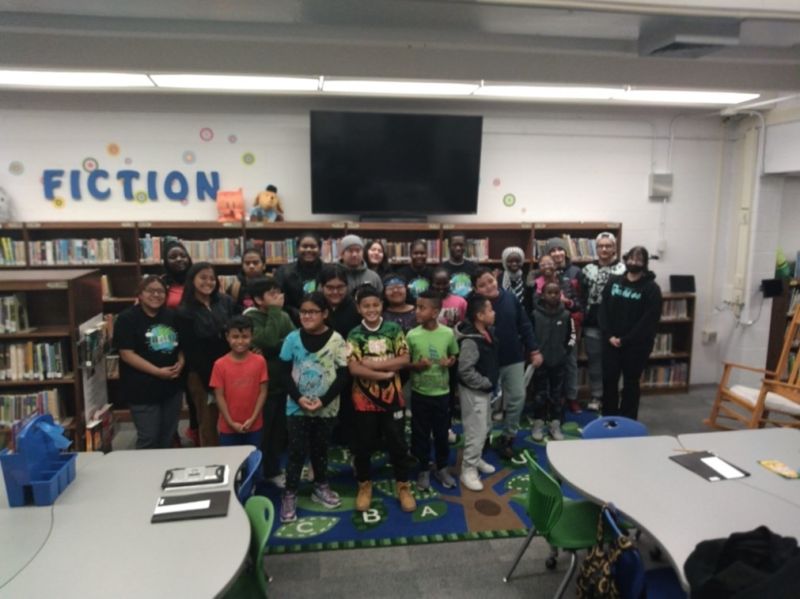
HELLO! HOLA! XIN CHÁO! BONJOU! HALO! Connecting high school and elementary ELs
As the population of English learners (ELs) continues to grow in our community, students can utilize their home language as a means to develop second language skills. The ELL Outreach Program brings together students of different ages yet similar cultures and languages to improve their English…
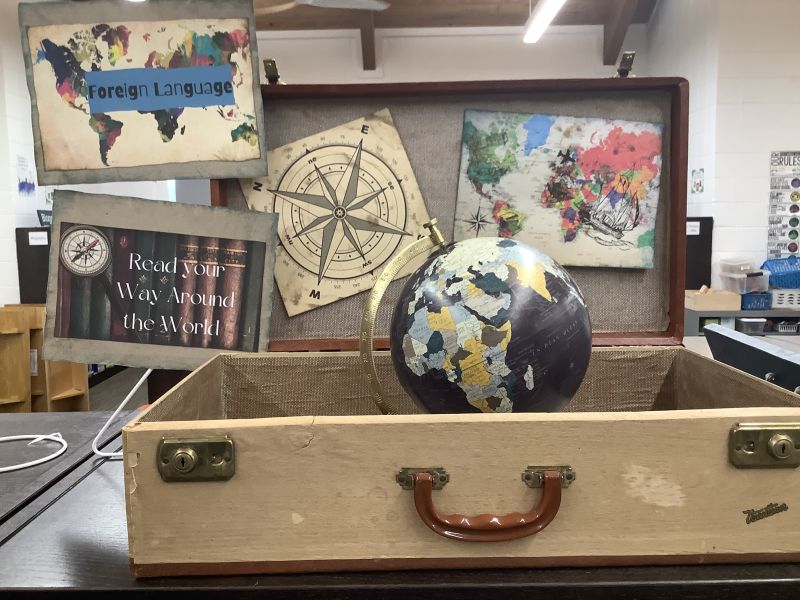
Many Languages, One Shelf: The Building Bilingual Book Section Project
This project allows English learners the opportunity to check out materials that represent diverse cultures and languages. Most materials are bilingual and include English translations on the same page. These resources promote and maintain ELs’ home languages and build English proficiency. As a…
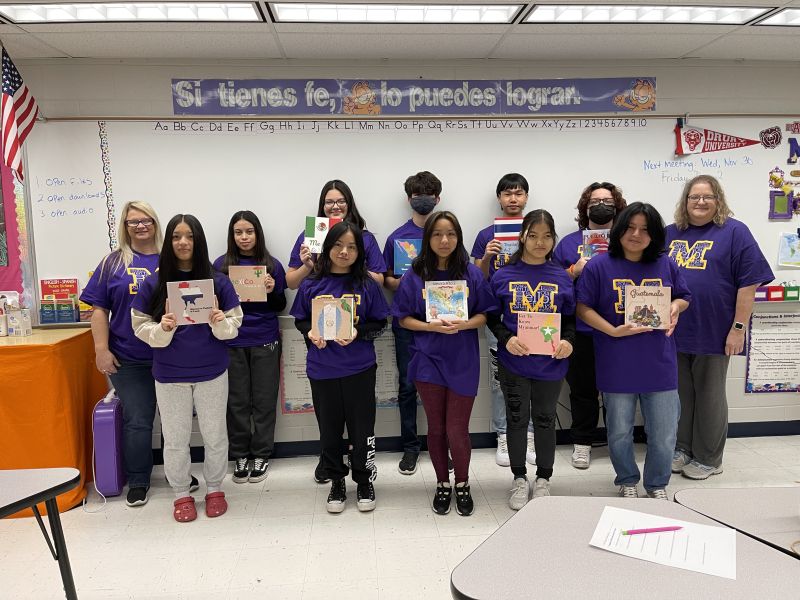
Our Cultural Heritage: Students create a bilingual alphabet book of their home country with family assistance
Our Cultural Heritage is a project designed for students and families to work, share, and learn together. This project is designed for students to practice various reading, writing, and speaking skills to create an alphabet book about their families’ home countries. Using a digital online book…
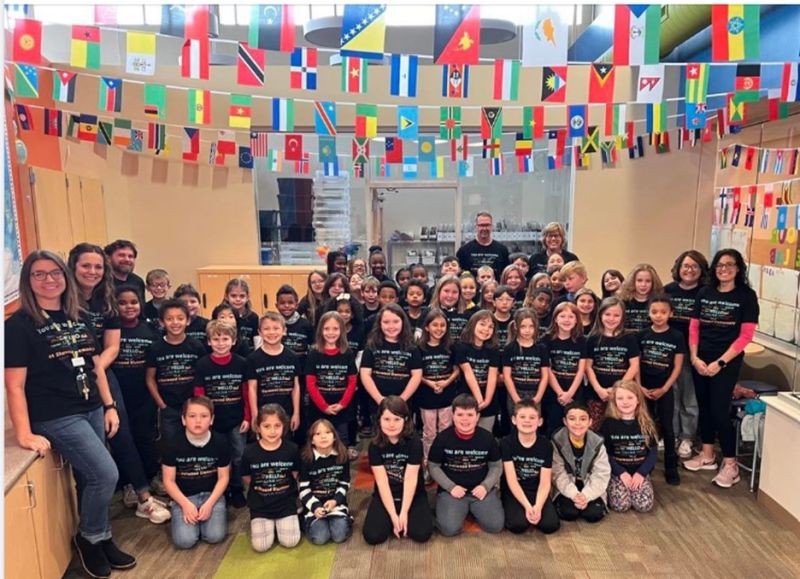
Language Clubs: Promoting cultural diversity and biliteracy
The students in our school come to us from many different backgrounds and cultural experiences. As educators, it’s our job to make all students feel welcomed and safe at our school and in our classrooms. Promoting and valuing the first language helps English learners and bilingual children feel more…
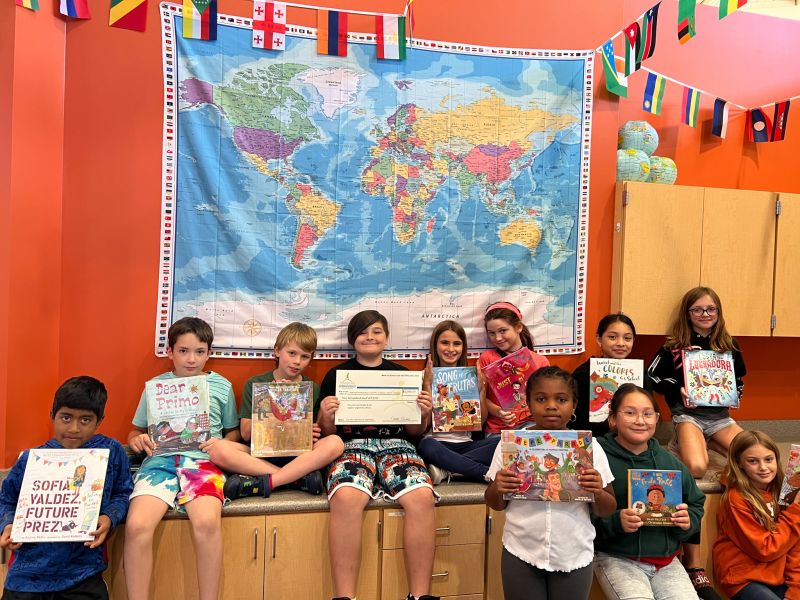
Welcome to Our Language Lab
How can we make our schools more welcoming, accepting, and engaging for our students and families joining us from other places around the world? With a Language Lab!

Multilingual Garden Unit
A community garden not only adds beauty to a school but also instills pride in the students that help build it. By utilizing best practices that teach English Learners (ELs), students explored how to design a garden.
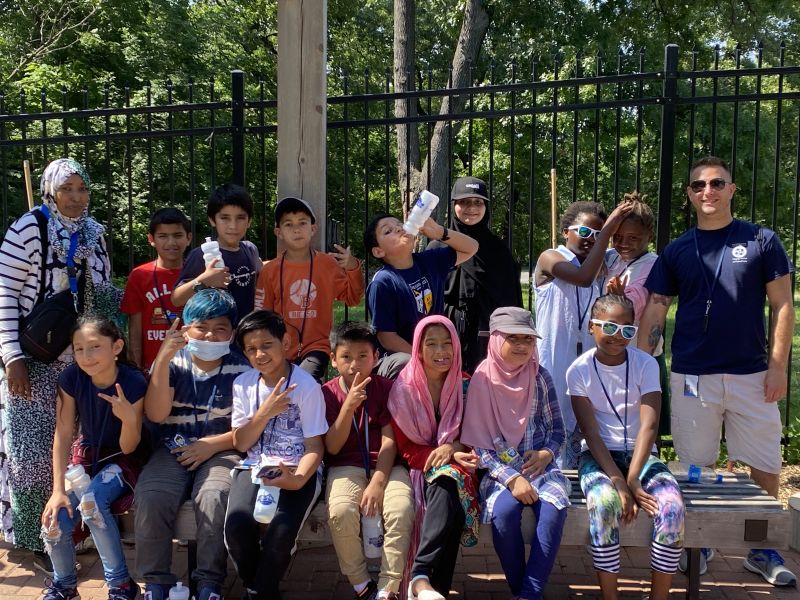
Multilingual Story Garden
A community garden not only adds beauty to a school but also instills pride in the students that help build it. By utilizing best practices for English learners (ELs), students visited a local community garden in the city to learn about gardening and sustainability. They also participated in a story…
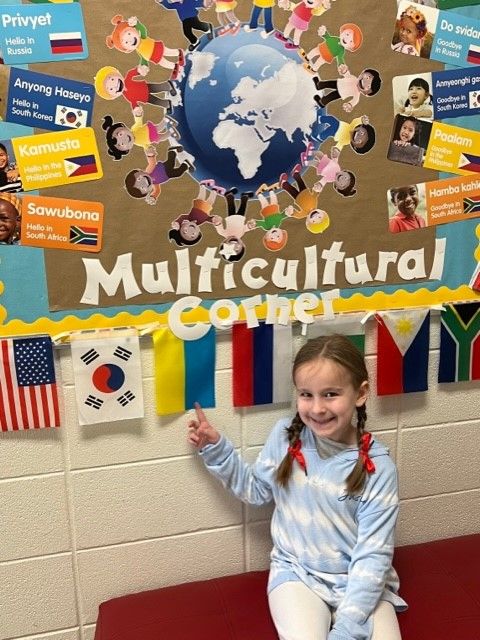
Multicultural Newsletter
The multicultural newsletter aims build connections with multilingual families by getting to know them and by introducing them to the school community. Amber Troye shares her protocol and experiences that can help educators deepen their knowledge about multilingual learners’ home cultures,…

Family Literacy Night
The Family Literacy Night project involves caregivers in the life of an elementary school. In preparation for the event, reading buddies in kindergarten and 4th grade partner to read multicultural books; they also learn to tell wordless picture books and author their own.
Read the full blueprint.
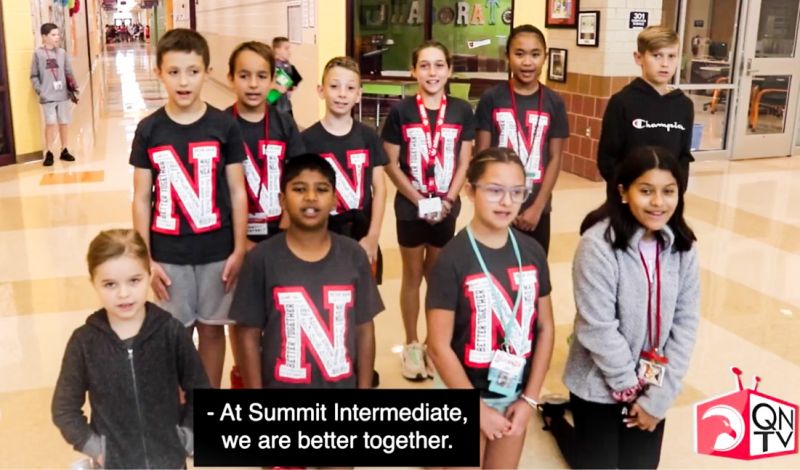
Better Together Unit in Nixa Public Schools
Kara Griffin at Summit Intermediate in Nixa Public Schools presents the blueprint of a project that aimed to welcome new families and unite the school around exploring the home cultures and languages of the students who attend. The project contributed a multilingual collection to the school library…
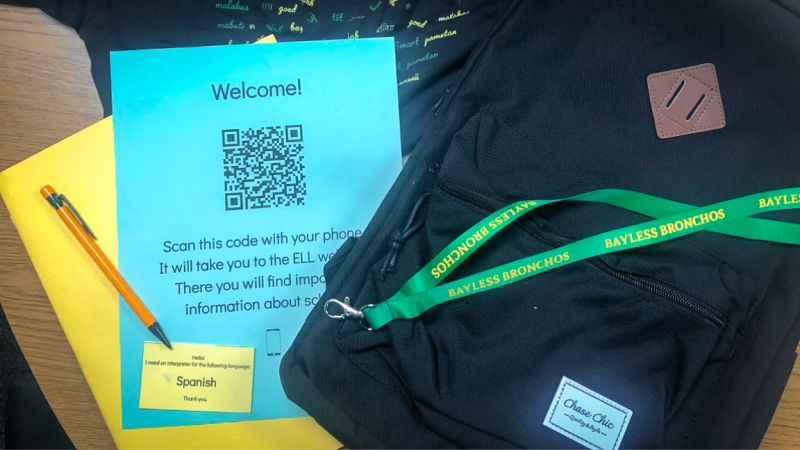
Newcomer Welcome Kits
Sarah Reeves at Bayless School District in St. Louis, Missouri describes her school's activities that aimed at creating a welcoming environment for newcomer refugee families by supplying them with useful items in a thoughtfully assembled backpack.
Read the full blueprint.
